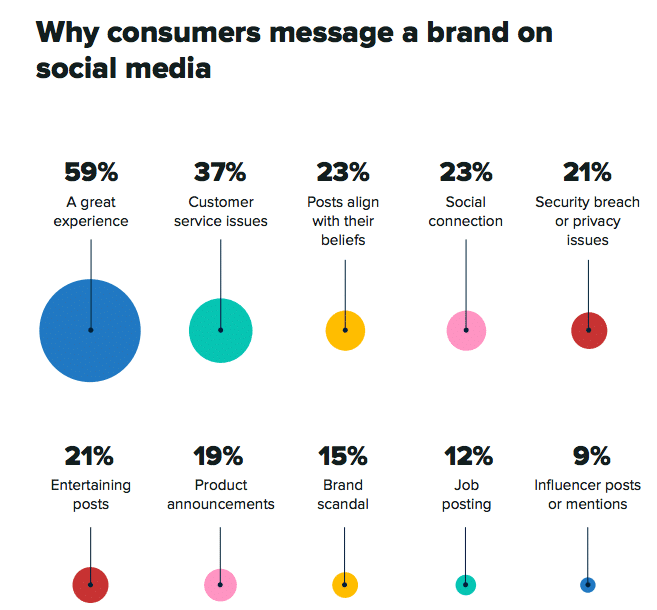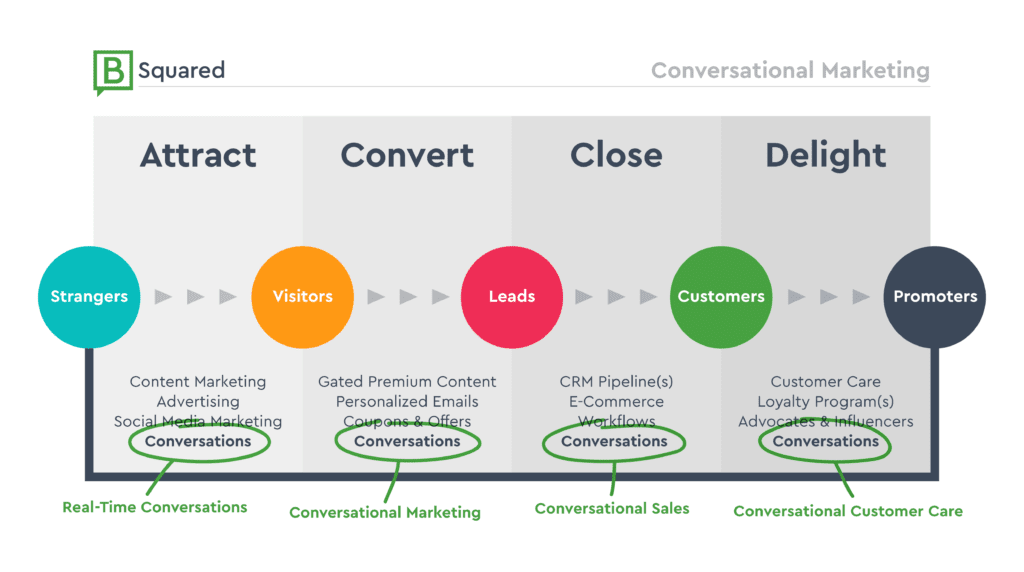What could/should “advertising” look like in 2020 and beyond? What should we do now for that future?
Some questions that crowd our every day artery. Restless consumers and fast changing technology are creating unheralded disruption. Advertising has always been a combination of art and science. Technology is now becoming a third variable. Advertisers “have to get all three of these things right”. They have to be three good.
There are Un Ignorable Forces of Change. Throwing Unabated Challenges to the status quo. But having said that, once recognised, respected and responded right, they offer Unprecedented Upside Potential for the Future. Let‘s examine them below:-
Exponential Advances in Science & Tech: With IOT, AI, Machine Learning etc, we now have a deeper real time understanding of things, people, situations. Bringing along with it an outsized and unprecedented responsibility for what we do with that knowledge.
Empowered & Skeptical “Consumers” : Wanting Customerization & Personalization (make it mine), seeking Choice(Give me tools to make better decisions), expecting Competitive Value (Give me more for my money), searching for Communities( Let me be a part of it), across multiple Channels (I want to call, click and visit). Individuals with lives, aspirations, challenges, family, communities. They want to be worthy of respect and you need to earn their trust.
Media Disruption & Redefinition : One way has become Two Way, Static is now Dynamic, Stationary is now Mobile, Passive is now Sensing, One-Dimension is now Immersive, Visual has turned Multi sensory. There exists Unprecedented Platform Design Capabilities for delivering Exceptional Contextualised Experiences.
Culture, Society & Our World : Straddling many a Divide across Health, Income, Digital, Education, Equality & Tolerance, Climate & Sustainability.
Inspiring, Measurable Business Models: A heady mix of The customer driven/ holistic model , The co creation model, The open innovation model , Network orchestration model , The Competitive Value Model, Transformation to full service provider model, The emerging market innovation engine model, The shift to digital and network business models
So what are the takeaways that we can extract from the above listed landscape?
– Traditional mindsets, including those about advertising and marketing, must be challenged and potentially changed. I am referring to the Mental Models: The Primary Impediment to Transformation- For eg: “It has always worked this way.” “We tried it and it didn’t work.” “We’re profitable; why change?..and so forth!
Before Roger Bannister broke the 4 Minute Mile on May 6, 1954, nobody thought that such a record could be set. We need to ask ‘ What is your 4 minute mile ‘ ?
It‘s the time to challenge our Mental Models of Advertising and Move from Marketers and Agencies, through Media, at Target Demographics toward being Cross-Silo Collaborators, from Ads toward Orchestrated Value-Creation Touch points, from Frequency toward When Needed, Wanted, Appreciated, from Reach toward Where Needed, Wanted, Appreciated, from Push and Persuade For Sales toward Multi Win Outcomes,pull & engage, from Ad Campaigns toward Initiatives in Holistic, Dynamic Ecosystem.
There is also a great upside in starting to use a new Vocabulary:
From Campaign To Initiative, From Content To Substance, From Persuading To Inspiring and Enabling, From Selling To Serving, From Seeking Loyalty To Earning Trust, From Disruption To Better/Alternate Solutions, From Features and Benefits to Brand Roles in People’s Lives, From Brand Differentiation To Brand Distinctiveness, From Employees To Brand Ambassadors, From Talent To Brand Stewards, From Consumers(myopic) To People with Lives, From Advertising Campaigns To Value Creation Initiatives, From Direct Response To Actionable Communications, From Big Data To Actionable Insights, From Success/Failure To Learning.
The time has come to challenge everything. Leave no sacred cows. Even challenge the objective of the firm from maximising long term shareholder value to aligning the objectives of the brand, the people (consumers…) and society.
– A strong call out to shift your focus from media mix to portfolios of all touchpoint orchestration. Go beyond the 4 Ps- bring in CeX, CSR, Packaging, Web & App etc all. The path to purchase is not linear any more. Operating in a sliver is not serving the purpose.
– Leverage the power of content( make RAVES– Relevant, Actionable, Valuable, Exceptional & Shareworthy) and the power of context( MADE: Multi Sensory, Audience driven, Delivery across platforms, Environment & location sensitive) that helps deliver your compelling brand purpose.
– Be always in beta– in adaptive experimentation mode to foster innovation, to learn faster & better, to attract and retain better talent, to hoodwink competition.
There’s no shortage of screens and there’s no shortage of impressions. But there’s a shortage of high value connection points between brands and consumers, which is the whole point of advertising. You have to create effective engagement with the consumer that gets them to buy.
Latin is very much Greek to me but as I come towards the end of this piece some Latin to keep an eye on. We have passed those days of ‘ Caveat Emptor ‘( meaning Buyer Beware). The new skid on the block these days is ‘ Caveat Venditor ‘ ( meaning Seller Beware ).
As the brilliant Bob Hoffman puts it ” If you want to die an imbecile in advertising, don’t pay attention to art, literature, history, science, anthropology or nature. Pay attention to the Kardashians “.
Going back to Latin mode- friends- Semper Vigilans (meaning stay vigilant)!
ENDS
https://www.groupisd.com/story
https://www.brandknewmag.com


